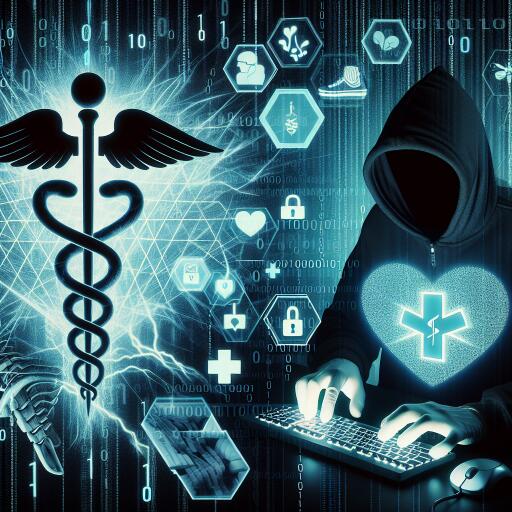Understanding the Surge in Healthcare Cybersecurity Threats
The realm of cybersecurity has never been more vital, especially within the healthcare sector. An alarming incident unfolded when Seattle’s esteemed Fred Hutchinson Cancer Center faced a cyberattack, compromising the personal information of nearly a million patients. This breach highlighted a concerning trend: the escalating focus of cybercriminals on the healthcare industry.
Healthcare organizations are treasure troves of sensitive data, encompassing medical records, financial details, Social Security numbers, and more. Their operation around the clock makes them prime targets for cyber attacks, as they’re more likely to pay ransoms to avoid service disruptions. Chris Callahan, a regional cybersecurity chief at the U.S. Cybersecurity and Infrastructure Security Agency (CISA), emphasizes the unique risk profile of healthcare institutions, describing them as “one-stop shops” for adversaries.
Recent statistics from the U.S. Department of Health and Human Services are alarming, with more than 88 million individuals’ medical data exposed within the first ten months of 2023 alone. The increasingly digital nature of patient records and the connectivity of medical devices have opened new vulnerabilities, making healthcare systems prime targets for sophisticated cyberattacks.
Healthcare data’s high value on the dark web exacerbates the issue. Stolen medical records can fetch between $400 to $1,000 each, far exceeding the worth of compromised credit card details. This lucrative market incentivizes hackers to steal and sell patient information, perpetuating a cycle of cybercrime.
Moreover, the interconnectedness of healthcare devices introduces additional risks. An attack doesn’t necessarily have to target patient data directly—it can start from a seemingly benign device connected to the network, serving as a gateway for broader network intrusion.
The consequences of such cybersecurity breaches are not confined to financial losses or data privacy concerns; they can have a direct impact on patient care. For instance, Ardent Health Services, a major healthcare provider, had to reroute ambulances and reschedule procedures due to a cyberattack, underlining the potential for endangering human lives.
Preventative measures and staff training in cybersecurity protocols are crucial, as many attacks begin with simple phishing emails. The healthcare sector, along with cybersecurity professionals, is emphasizing the importance of stringent security measures and continued vigilance.
Agencies like CISA are proactive in offering support to healthcare organizations, encouraging practices such as routine cybersecurity scans, vulnerability assessments, and incident response planning. The goal is to build a resilient defense against the ever-evolving threat landscape.
In the wake of these threats, healthcare organizations are fortifying their cybersecurity frameworks. Institutions like Moses Lake Community Health Center are undergoing significant security enhancements post-breach, emphasizing the continuous nature of cybersecurity efforts. Collaboration with federal agencies for vulnerability assessments and training exercises is an essential step in bolstering defenses.
The journey to robust cybersecurity in healthcare is ongoing and fraught with challenges, particularly with the rise of sophisticated AI-driven attacks. Protecting patient data and ensuring uninterrupted healthcare services demands a collective effort from healthcare providers, device manufacturers, and cybersecurity professionals.
Victims and organizations are encouraged to report cyber incidents to authorities like the FBI, enabling a coordinated response to this pervasive threat. While the battle against cybercrime is complex, particularly with international elements, vigilance, preparation, and cooperation are key to safeguarding the vital interests of patients and the healthcare industry at large.
For individuals and organizations alike, adopting best practices in cybersecurity is paramount. Resources are available through platforms like CISA’s StopRansomware.gov, offering guidance on improving cybersecurity postures and resilience against attacks. The path forward is clear: proactive defense, education, and collaboration are essential in combating the growing menace of cybercrime in healthcare.
In the face of this digital age dilemma, the healthcare sector must navigate the balance between technological advancements and cybersecurity, ensuring that patient care and data protection remain at the forefront of their priorities.










